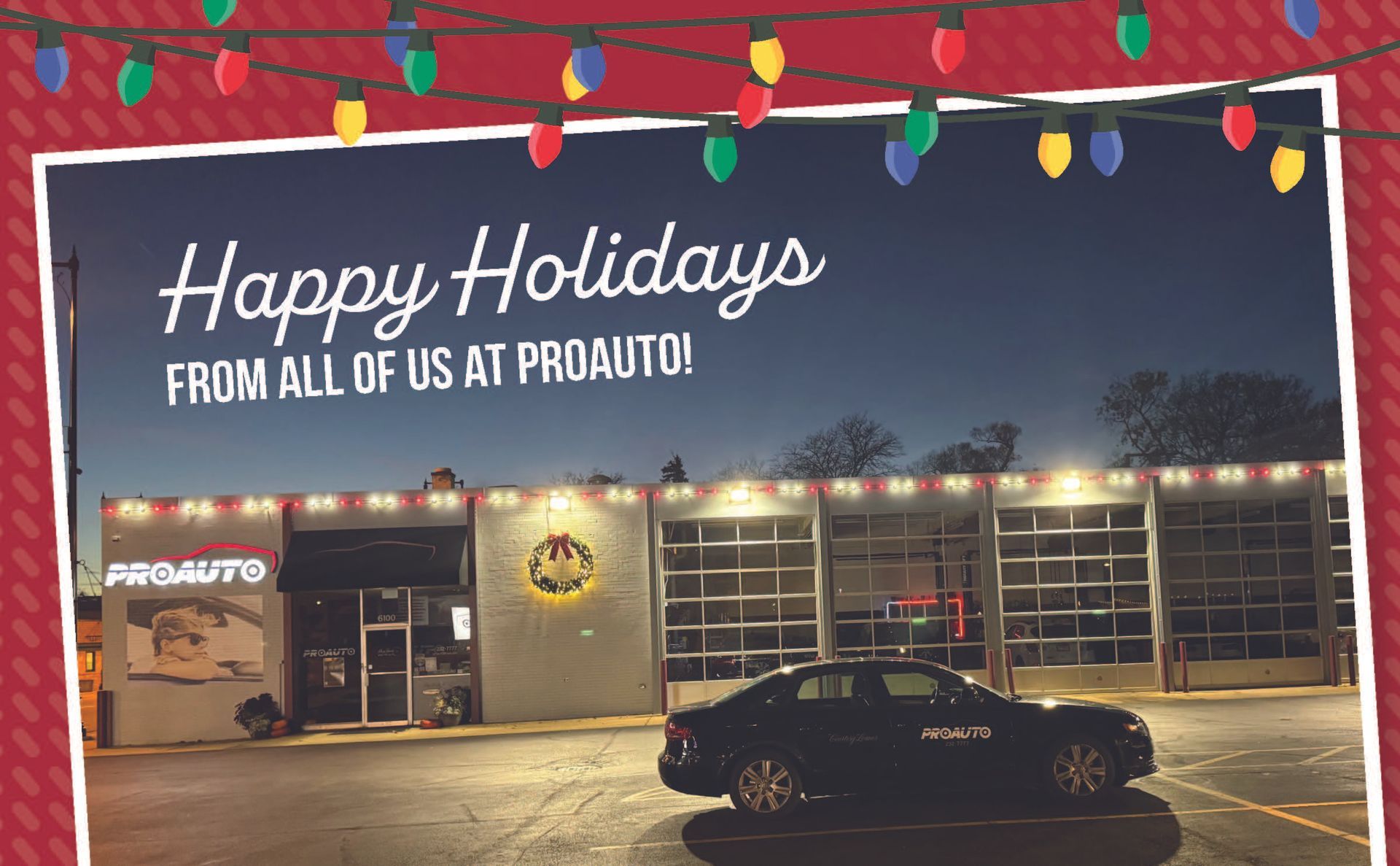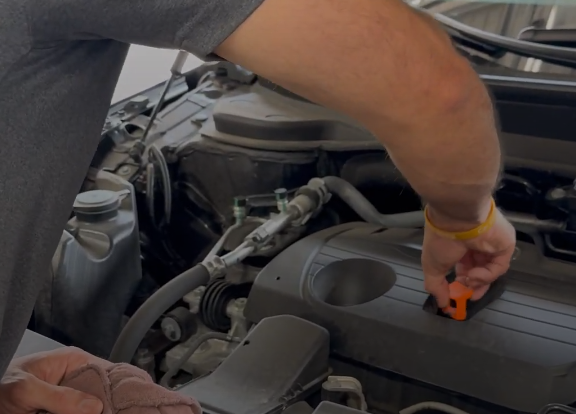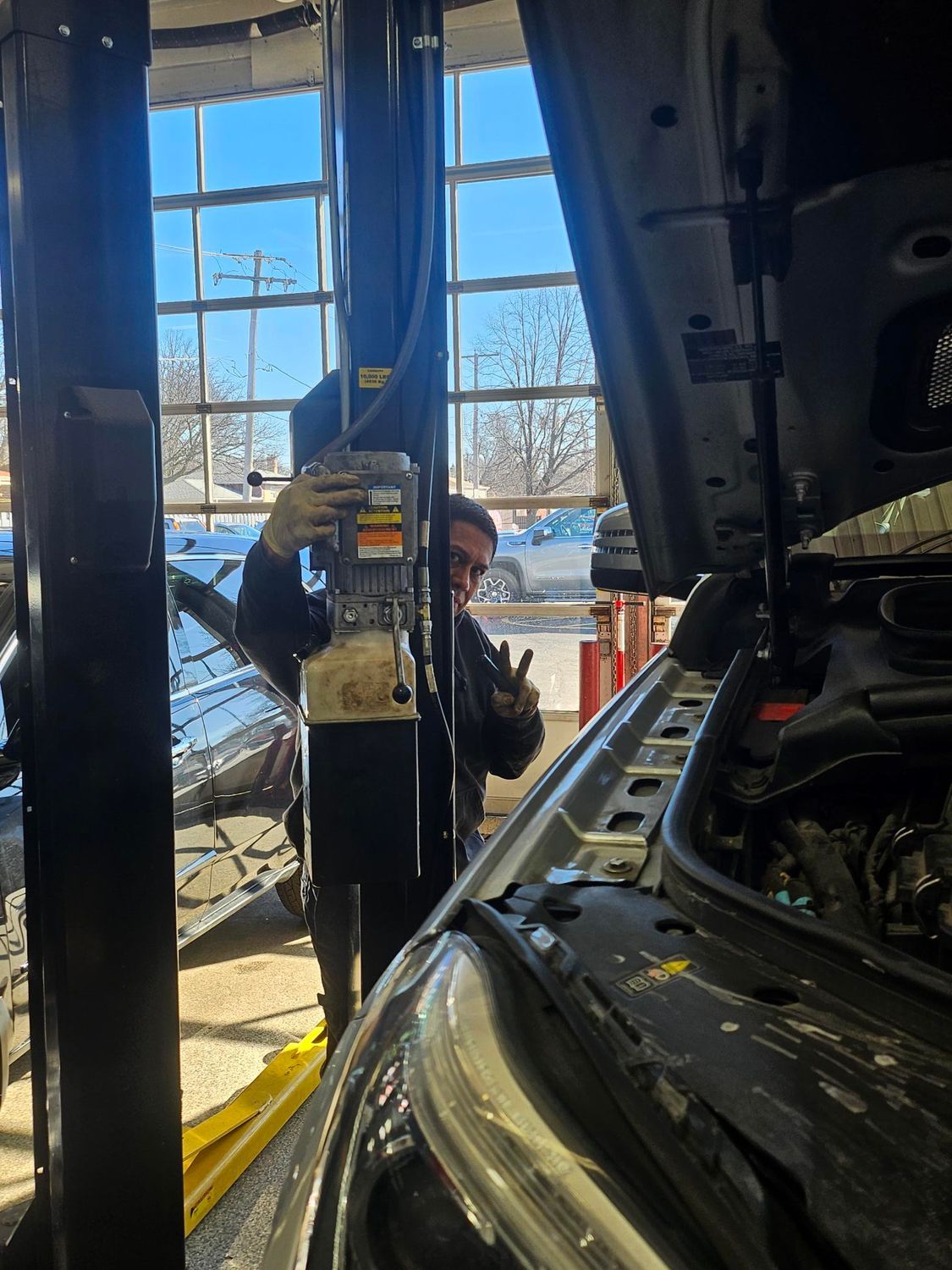Tire Pressure Check: How to Ensure Your Tires Are Safe
The Importance of Regular Tire Pressure Checks
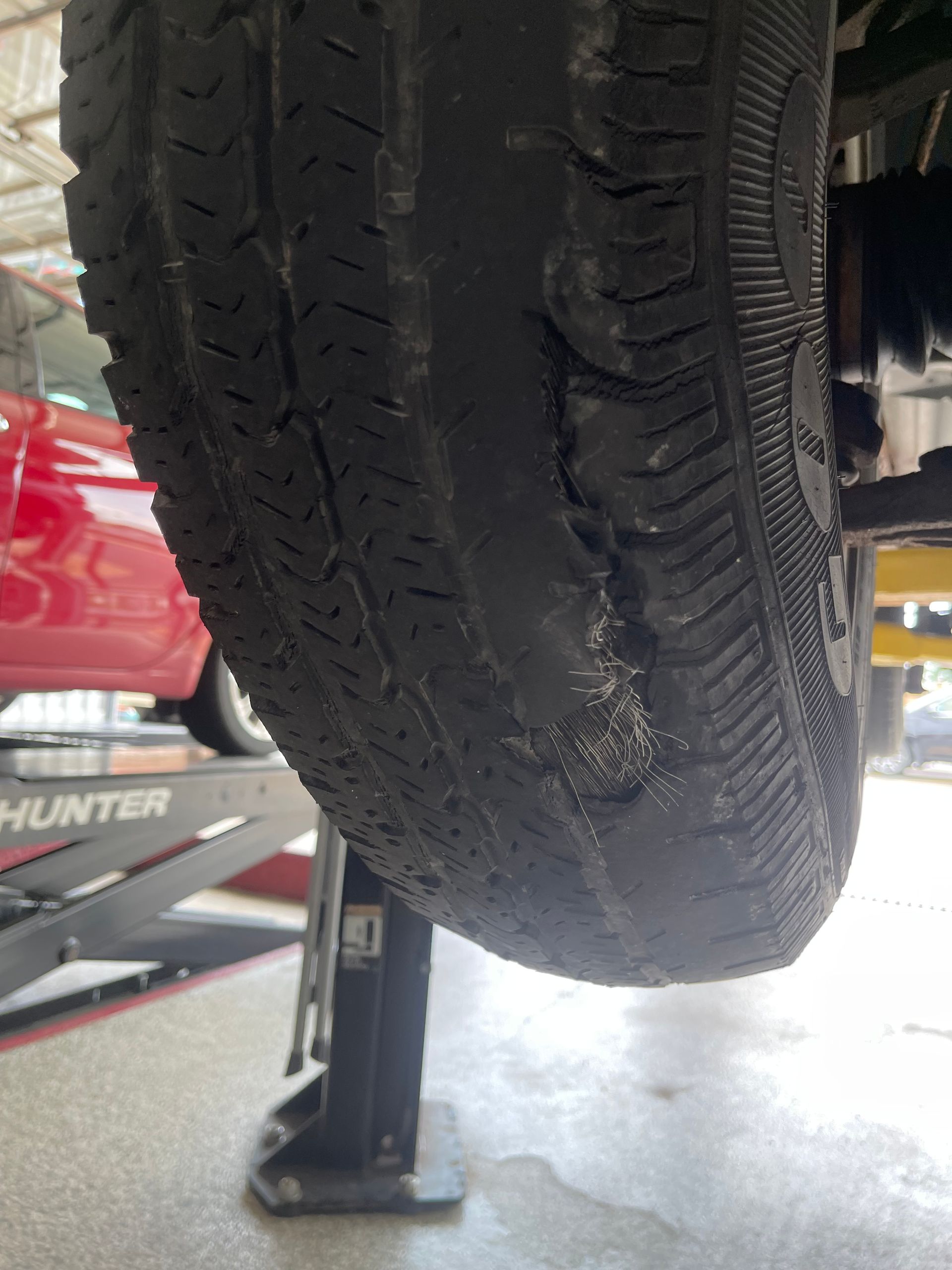
Key Takeaways
- Always check tire pressure when the tires are cold for accurate readings.
- Refer to your vehicle's manual for the recommended PSI, not the maximum on the tire.
- Invest in a reliable tire pressure gauge to avoid incorrect readings.
- Check your tire pressure at least once a month and before long trips.
- Don’t forget to check your spare tire’s pressure, too!
Why Tire Pressure Matters
Safety on the Road
Okay, so why should you even bother checking your tire pressure? Well, first off, it's a huge deal for safety.
Properly inflated tires give you better control of your car. Think about it: if your tires are low, they're not gripping the road as well. That means longer stopping distances, especially in wet conditions. It can seriously affect your ability to steer and avoid accidents. I remember one time, my tires were way low, and I almost slid through a stop sign in the rain. Scared me half to death.
Fuel Efficiency Benefits
Beyond safety, keeping your tires properly inflated can actually save you money. Underinflated tires create more rolling resistance. What does that mean? Your engine has to work harder to move the car, which burns more gas. It's like trying to run in sand versus running on pavement. You're going to get tired faster in the sand, right? Same thing with your car.
Here's a quick breakdown:
- Underinflated tires = more resistance
- More resistance = engine works harder
- Engine works harder = more gas used
- More gas used = more money spent
I used to ignore my tire pressure, thinking it wasn't a big deal. Then I started tracking my gas mileage, and I was shocked at how much it improved just by keeping my tires at the right PSI. It's a small thing that makes a real difference.
Tire Longevity
Finally, proper tire pressure helps your tires last longer. When tires are underinflated, the edges wear out faster than the center. Overinflated? The center wears out faster. Maintaining the correct pressure ensures even wear across the tire, extending its lifespan. Nobody wants to buy new tires more often than they have to, right? Plus, worn-out tires are more prone to blowouts, which brings us back to safety. It's all connected.
Here's a list of benefits:
- Even wear
- Longer tire life
- Reduced risk of blowouts
Tools You Need to Check Tire Pressure
Alright, so you're ready to start checking your tire pressure? Great! You'll need a few things to make sure you're doing it right. It's not rocket science, but having the right tools definitely makes the job easier and more accurate. Trust me, you don't want to be guessing when it comes to tire pressure, it's important for safety and fuel economy.
Tire Pressure Gauge
This is the most important tool. You can't check your tire pressure without one! There are a few different types out there. You've got your basic stick gauges, which are cheap and get the job done, but can be a little tricky to read. Then there are dial gauges, which are a bit easier to read, and finally, digital gauges.
Digital gauges are my personal favorite because they give you a clear, precise reading. No squinting or guessing involved. I keep a digital one in my glove compartment.
Tire Inflator
Okay, so a tire inflator isn't strictly necessary for checking your tire pressure, but it's super handy to have around. If your tires are low, you'll need something to add air, right? You can get a portable tire inflator that plugs into your car's cigarette lighter (or accessory port, whatever they call it now). These are great for topping off your tires at home. Or, you can use the air pump at most gas stations, but those can sometimes be unreliable or cost money. Having your own inflator just gives you more control and saves you trips to the gas station.
Air Compressor
Now, if you're serious about car maintenance, or if you have multiple vehicles, an air compressor is a worthwhile investment. It's more powerful than those little portable inflators, and you can use it for all sorts of things besides tires – like inflating bike tires, air mattresses, or even powering some air tools. Plus, you can use it in conjunction with your tire inflator. It's a bit of an upfront cost, but it'll save you money and hassle in the long run. I got one a few years ago, and I use it all the time.
Don't forget to keep your car's owner's manual handy. It tells you the recommended PSI for your tires. It's usually also printed on a sticker on the driver's side doorjamb. Knowing the right PSI is the first step to properly inflated tires.
Step-by-Step Guide to Checking Tire Pressure
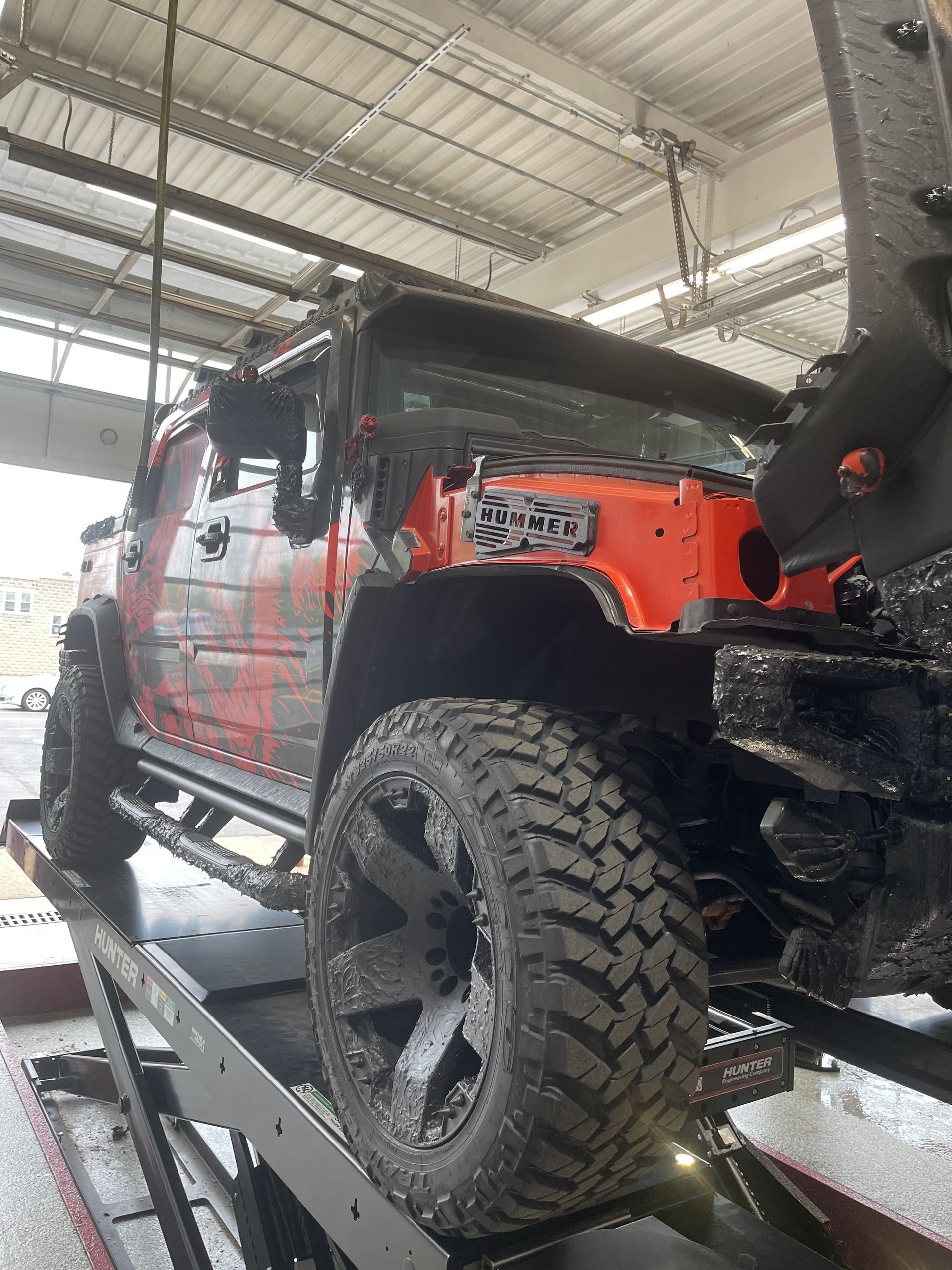
Alright, let's get down to business. Checking your tire pressure isn't rocket science, but it's something you absolutely need to do regularly. It's all about keeping you safe and your car running smoothly. Here's how I usually do it:
Find the Recommended PSI
First things first, you gotta know what pressure your tires should be at.
Don't just guess! Look for a sticker, usually on the driver's side doorjamb, or check your owner's manual. That sticker will tell you the
recommended PSI for your specific vehicle. It's important to note that the PSI on the tire itself is the maximum pressure, not the recommended one.
Check When Tires Are Cold
This is a big one. When you drive, your tires heat up, and that heat increases the air pressure inside. So, to get an accurate reading, you need to check your tires when they're cold. That means either first thing in the morning before you've driven anywhere, or after your car has been parked for at least a few hours. I usually check mine on Saturday mornings before I head out for errands.
Adjusting Tire Pressure
Okay, you've got your gauge, you've got your target PSI, and your tires are cold. Now it's time to actually check and adjust the pressure. Here's the breakdown:
- Remove the valve cap from one of your tires and put it somewhere safe so you don't lose it. Seriously, those things are tiny and easy to misplace.
- Press the tire pressure gauge firmly onto the valve stem. You might hear a little hiss of air – that's normal. Just make sure the gauge is sealed properly against the valve stem.
- Read the gauge. Compare the reading to the recommended PSI you found earlier.
- If the pressure is too high, use the little pin on the back of your tire gauge to press the valve stem and release some air. Check the pressure again after a few seconds.
- If the pressure is too low, use a tire inflator or air compressor to add air until you reach the recommended PSI. I keep a small portable inflator in my trunk for this purpose.
- Once you've got the pressure right, replace the valve cap. Repeat the process for all four tires (and your spare, if you have one!).
I cannot stress enough how important it is to check your tire pressure regularly. It's not just about fuel economy or tire wear; it's about your safety. Underinflated tires can overheat and cause a blowout, and overinflated tires can reduce your traction. So, take a few minutes each month to check your tire pressure – it could save your life.
Common Mistakes to Avoid
Ignoring Recommended PSI
One of the biggest mistakes? Not even bothering to check the
recommended PSI for your specific vehicle and tires. It's not a one-size-fits-all situation. You can usually find this information on a sticker inside your driver's side doorjamb or in your owner's manual. Just blindly inflating your tires to some random number is a recipe for disaster.
Checking Hot Tires
Checking your tire pressure immediately after driving is a no-no. Heat increases tire pressure, so you'll get a false reading. Wait at least three hours after driving, or check them first thing in the morning before you've driven anywhere.
Using an Improper Gauge
Not all tire pressure gauges are created equal. Those cheap plastic ones? They're often wildly inaccurate. Invest in a decent digital gauge or a quality analog gauge. It's a small price to pay for accurate readings and
tire safety.
Using an inaccurate gauge is like trying to measure flour for a cake with a broken scale. You might get something that looks like a cake, but it probably won't taste very good. Similarly, inaccurate tire pressure readings can lead to poor handling, uneven wear, and even blowouts.
Here's a quick rundown of gauge types:
- Stick Gauges: Inexpensive, but can be unreliable.
- Dial Gauges: More accurate than stick gauges, easier to read.
- Digital Gauges: Generally the most accurate, provide a clear digital readout.
Understanding Tire Pressure Readings
What is PSI?
PSI stands for pounds per square inch, and it's the standard unit used to measure tire pressure in the United States.
It indicates the amount of air pressure pushing against each square inch of the inside of your tire. Think of it like this: the higher the PSI, the more air is crammed into your tire. Knowing what PSI means is the first step in understanding if your tires are properly inflated.
Interpreting Gauge Readings
Okay, so you've got your tire pressure gauge and you've checked your tires. Now what do those numbers actually mean? Here's a quick rundown:
- Too High: If your gauge reads higher than the recommended PSI, your tires are overinflated. This can lead to a rough ride and uneven wear in the center of the tire.
- Too Low: If the reading is lower than the recommended PSI, your tires are underinflated. This can cause poor fuel economy, sluggish handling, and wear on the tire's shoulders.
- Just Right: When the gauge matches the recommended PSI, you're golden! Your tires are properly inflated for optimal performance and safety.
Importance of Consistency
Maintaining consistent tire pressure across all your tires is super important for a few reasons. First, it ensures even wear, which extends the life of your tires. Second, it provides balanced handling and braking, which is crucial for safety. Finally, consistent pressure helps maintain optimal fuel efficiency.
Think of your tires like the foundation of your car. If one corner of the foundation is lower than the others, the whole structure is compromised. The same goes for your tires – keep them all at the right pressure for a smooth and safe ride.
When to Check Your Tire Pressure
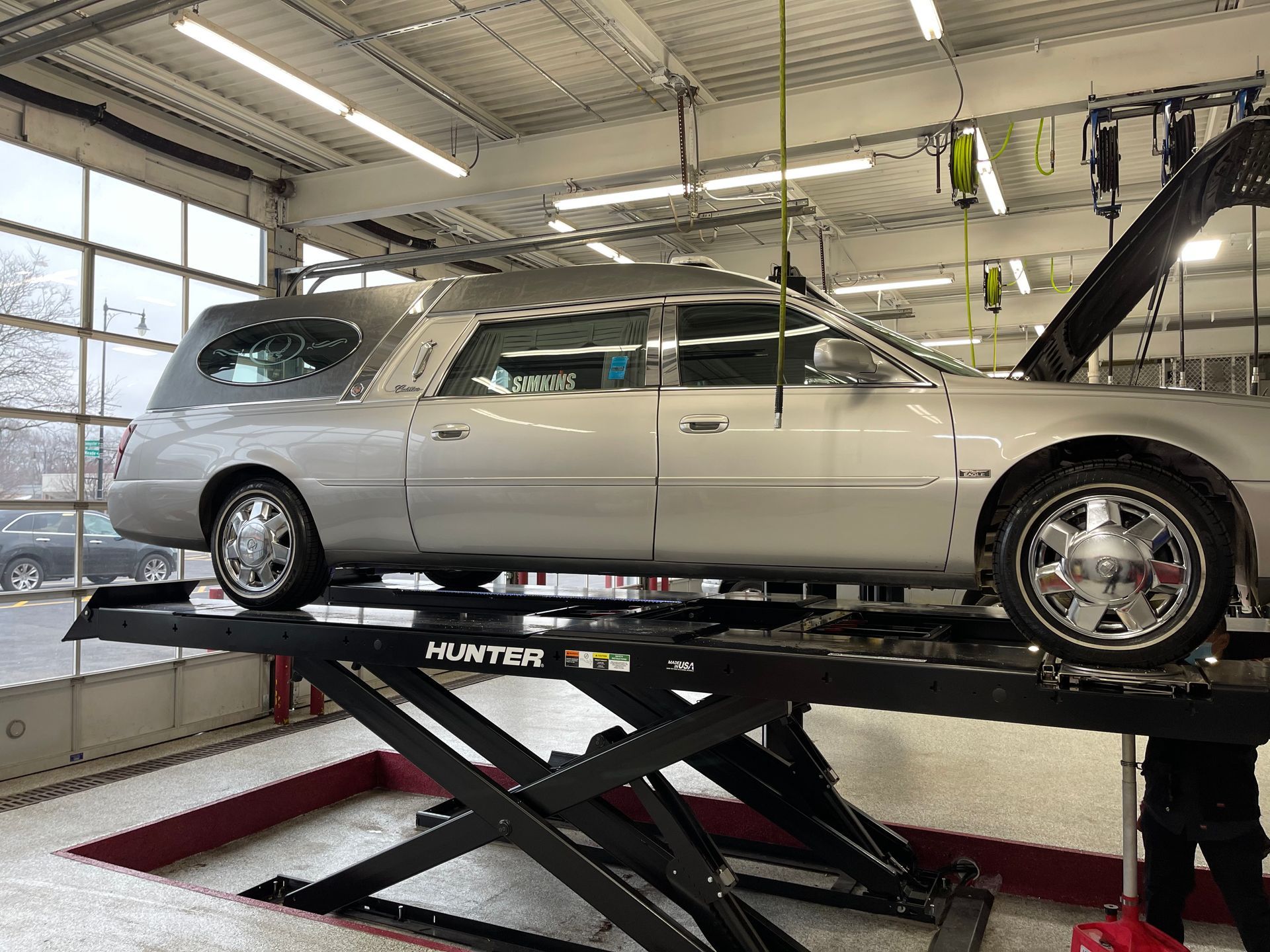
It's easy to forget about your tires, but keeping up with them is super important. Don't just wait until you think something is wrong. Regular checks are key to safety and saving money in the long run. Here's when you should make it a point to check those tires.
Regular Maintenance Schedule
Ideally, you should check your tire pressure at least once a month. Set a reminder on your phone or mark it on your calendar. This way, it becomes a habit, just like brushing your teeth. It's a small thing that can make a big difference.
Before Long Trips
Before you hit the road for a long drive, always check your tire pressure. A long trip puts extra stress on your tires, and underinflated tires can overheat and cause a blowout. It's a quick check that can prevent a major headache. Plus, you'll get better gas mileage with properly inflated tires.
Seasonal Changes
Temperature changes can significantly affect tire pressure. As the temperature drops, so does your tire pressure. For every 10-degree (Fahrenheit) drop, your tire pressure decreases by about 1 PSI. So, when the seasons change, especially from warm to cold, give your tires a check and adjust as needed.
Keeping an eye on your tire pressure is a simple way to stay safe on the road. It's not just about avoiding flats; it's about ensuring your car handles properly and gets the best possible fuel economy. Make it a habit, and you'll be glad you did.
Impact of Weather on Tire Pressure
Temperature Fluctuations
Okay, so here's the deal with temperature and your tires. It's pretty straightforward: when it gets warmer, the air inside your tires expands, and when it gets colder, it contracts.
This means your tire pressure goes up in the heat and down in the cold. I remember one winter where my tire pressure light kept coming on, and I was constantly adding air. Now I know it was just the temperature dropping.
Humidity Effects
Humidity's impact on tire pressure is minimal, but it's still worth mentioning. High humidity can slightly affect the air density inside your tires, but the change is so small you probably won't even notice it. It's more about temperature than anything else. Don't sweat the humidity too much; just focus on keeping an eye on the
recommended PSI.
Seasonal Adjustments
Alright, so what do you actually do about all this weather stuff? Well, it's simple: adjust your tire pressure as the seasons change. Here's a quick rundown:
- Fall/Winter: As temperatures drop, check your tire pressure more often and add air as needed to maintain the recommended PSI. I usually check mine every other week during the colder months.
- Spring/Summer: When it starts warming up, keep an eye on your tire pressure and let some air out if it gets too high. Remember, overinflated tires can be just as bad as underinflated ones.
- All Year Round: Check your tire pressure at least once a month, no matter the season. It's a good habit to get into, and it can save you a lot of headaches down the road.
I always make it a point to check my tires before any long road trips, especially if I know I'll be driving through different climates. It's a small thing that can make a big difference in safety and fuel efficiency.
Wrapping It Up
So there you have it. Keeping an eye on your tire pressure is a simple but important task that can make a big difference. It helps keep you safe on the road, saves you money on gas, and makes your tires last longer. Just remember to check them regularly, especially before long trips or when you're carrying extra weight. If you follow the steps we talked about and avoid the common mistakes, you’ll be in good shape. Your car will thank you, and you’ll feel more confident behind the wheel. Happy driving.
Frequently Asked Questions
Why is it important to check tire pressure?
Checking tire pressure is important for safety. Properly inflated tires help your car handle better and stop more effectively, which keeps you safe on the road.
How often should I check my tire pressure?
You should check your tire pressure every month and before long trips. This helps ensure your tires are in good shape.
What tools do I need to check tire pressure?
You'll need a tire pressure gauge, which can be digital or manual, and a tire inflator or air compressor if you need to add air.
What does PSI mean?
PSI stands for pounds per square inch. It measures the air pressure in your tires. Each car has a recommended PSI for its tires.
Can I check tire pressure when the tires are hot?
No, it's best to check tire pressure when the tires are cold. Checking them hot can give you an inaccurate reading.
What should I do if my tire pressure is too low?
If your tire pressure is too low, use a tire inflator to add air until it reaches the recommended PSI.
